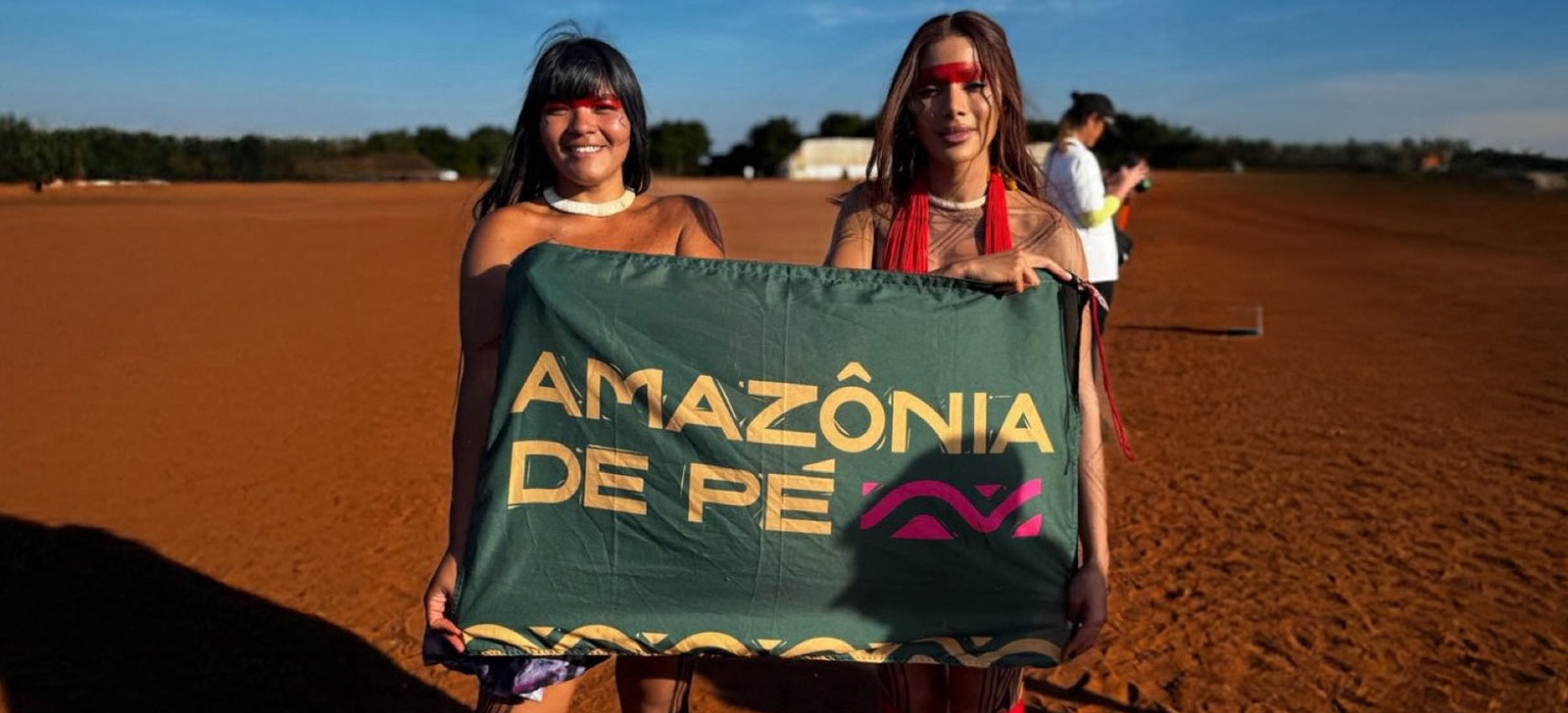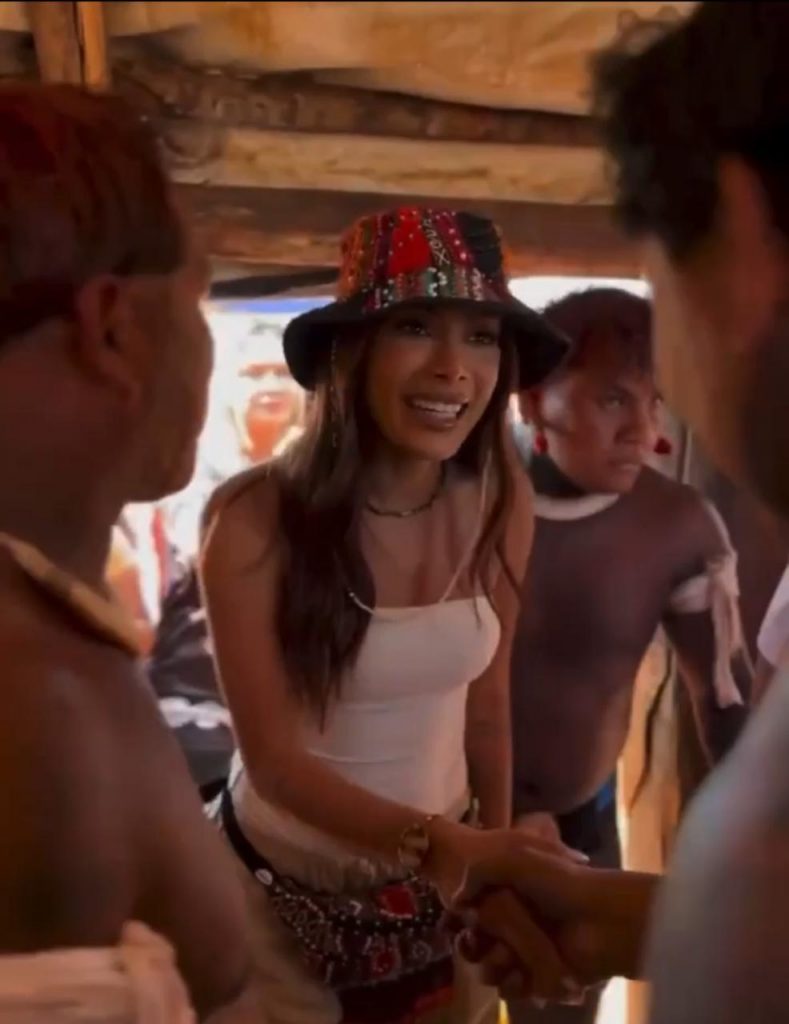Anitta joins Indigenous peoples in traditional Kuarup ceremony in Xingu
18 de August de 2025

By Marcela Leiros – From Cenarium
MANAUS (AM) – The brazilian singer Anitta was, on the morning of Saturday, the 16th, in the Xingu Indigenous Territory (IT), at the Indigenous community of Ipatse, in Mato Grosso, where she took part in the Kuarup ritual, a funeral ceremony held to honor the memory of the dead. She was accompanied by TV host Luciano Huck, who is filming a television special, and both were received by the Kuikuro people.
In addition to their visit to Xingu, the artists are also expected to visit the Capoto-Jarina Indigenous Territory (IT), also in Mato Grosso, this Sunday, the 17th. There, they are scheduled to meet with Chief Raoni, a leader nationally and internationally recognized for his defense of the Amazon.

This is not the first time the singer has shown interest in Indigenous causes. In April of this year, Anitta joined the campaign “Indigenous Brazil, Demarcated Land”, organized by the collective Mídia Indígena, to broaden visibility for Indigenous struggles on a national level. The initiative gathered different supporters and sought to draw attention to the demarcation of lands and the rights of native communities.
The Kuarup ritual
According to the National Foundation for Indigenous Peoples (Funai), the Kuarup is always held one year after the death of Indigenous relatives, with wooden trunks representing each honoree. They are placed at the center of the village courtyard, ornamented, as the focal point of the entire ritual. Around them, the family pays tribute to the dead, staying awake all night, crying and praying for their departed relatives.
The rite of passage for girls entering adulthood is also part of the ritual. Before the Kuarup, they remain in seclusion at home for a year, a period of reflection that marks the end of puberty.
On the second day, the wrestling contest known as Huka Huka begins. The warriors, hosts of the ritual, together with the guests, stay awake the entire previous night, preparing by scratching themselves with the tooth of a “dogfish” species, rubbing herbs all over their skin, and painting their bodies and hair with genipap and annatto. All of this has one purpose: to face their opponents and thus win the fight.
During Huka Huka, young warriors face off. The goal is to touch the opponent’s thigh or bring him down by holding his leg. Whoever does this first wins. At the end of the fight, the ornaments placed on the trunks are removed and handed to the families of the honored dead. Then, the trunks are thrown into Lake Ipavu, so that their souls may be set free.
(*) With information from the National Foundation for Indigenous Peoples (Funai)

